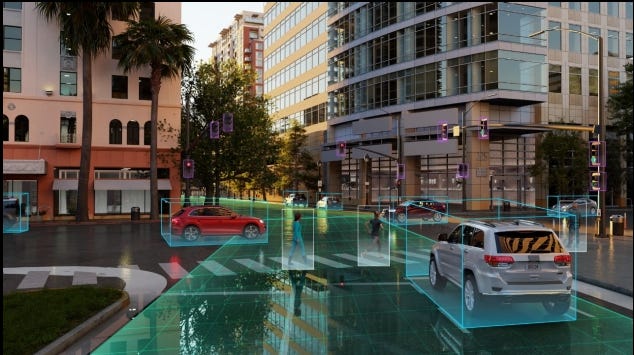For years, Elon Musk has claimed Tesla is on the brink of achieving full self-driving (FSD). He’s been making that promise since 2016, when he told the world that every new Tesla was already equipped with the hardware necessary for full autonomy. He even predicted one of his cars would drive itself across the country — from LA to New York — by the end of 2017. That never happened. Neither did the version he promised would follow in 2019. Or 2020. Or 2021. Or 2022. You get the idea.
Each year, the claims got bigger, but the product didn’t. “Feature complete” was the phrase he used, again and again, to suggest FSD was basically done — just waiting on polish. In reality, Tesla’s system today is still classified as Level 2 autonomy, the same level as basic driver-assist systems found in a Honda or a Hyundai. The driver must pay attention and be ready to take over at any time. It’s not self-driving. Not even close.
But now, something bigger is happening. And it’s not coming from Tesla. It’s coming from NVIDIA.
NVIDIA — the same company powering AI breakthroughs around the world — has quietly built a collaborative empire in the self-driving space. While Musk doubled down on a vision-only, go-it-alone approach, NVIDIA built the Drive platform and partnered with nearly every serious automaker in the game. Mercedes-Benz, Hyundai, Volvo, Lucid, XPeng, BYD — they’re all using or preparing to deploy NVIDIA-powered autonomous systems. These systems combine cameras, radar, and — yes — LiDAR, the technology Musk publicly mocked as a "crutch" but which nearly every expert agrees is essential for real autonomy.
The difference couldn’t be more stark. Tesla hides its failures behind secrecy and spin. NVIDIA helps its partners succeed in the open. Tesla’s FSD is a beta test on public roads with unsuspecting drivers. NVIDIA’s systems are undergoing regulatory approval and entering the market with legal sign-off. Mercedes already has a Level 3 system approved in parts of Europe and the U.S. Hyundai’s Genesis G90 is right behind it. Meanwhile, Tesla’s best effort is still a software beta labeled “Full Self-Driving” that’s legally required to remind drivers to stay alert — because it can’t be trusted to operate on its own.
The reality? Musk’s refusal to collaborate may have less to do with “vision” and more to do with covering his tracks. If Tesla opened its system to benchmarking, comparison, or real-world validation alongside NVIDIA’s tools, the truth would be obvious. Tesla isn’t ahead — it’s behind. It has been for years. And Musk likely knows it.
Instead of building partnerships, Tesla built a walled garden. Instead of leveraging proven tech, Musk bet everything on being “right” — even when the data says otherwise. And now that the rest of the industry is catching up and passing Tesla, the cracks are widening. The brand is fading. The margin advantage is gone. The lies are harder to spin. And the world is finally starting to see what was behind the curtain all along: not a tech genius rewriting transportation, but a CEO scrambling to maintain an illusion of dominance he never actually earned.
This could be it — the final unraveling. The myth of Tesla’s autonomy lead is dead. NVIDIA just buried it and in doing so may have inadvertently helped save democracy.



